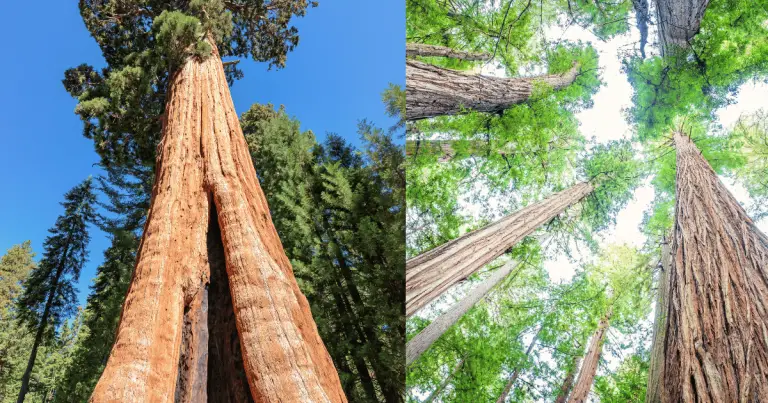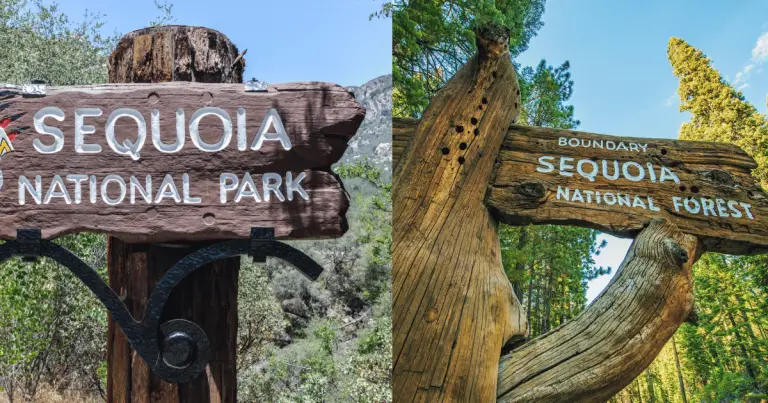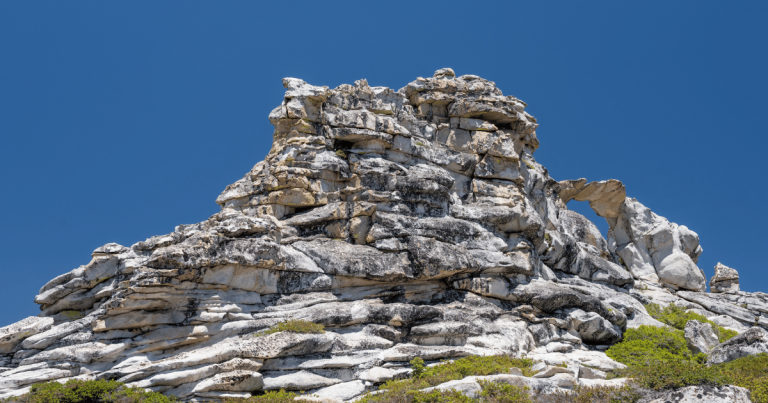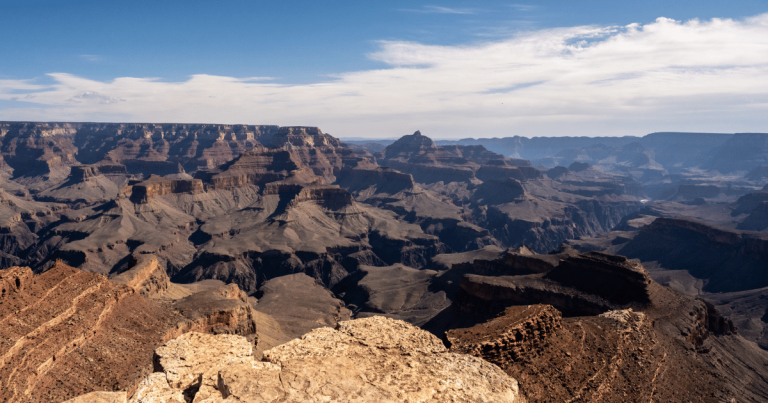Discovering the Wonders of Thunder Mountain Sedona: What You Need to Know
Nestled in the breathtaking red rocks of Sedona, lies one of the most mesmerizing destinations that nature has to offer – Thunder Mountain. This geological masterpiece has been attracting tourists and locals alike to its enchanting beauty for years, and for good reason. With soaring peaks, vibrant vegetation, and stunning views, Thunder Mountain Sedona is a true natural wonder that cannot be missed.
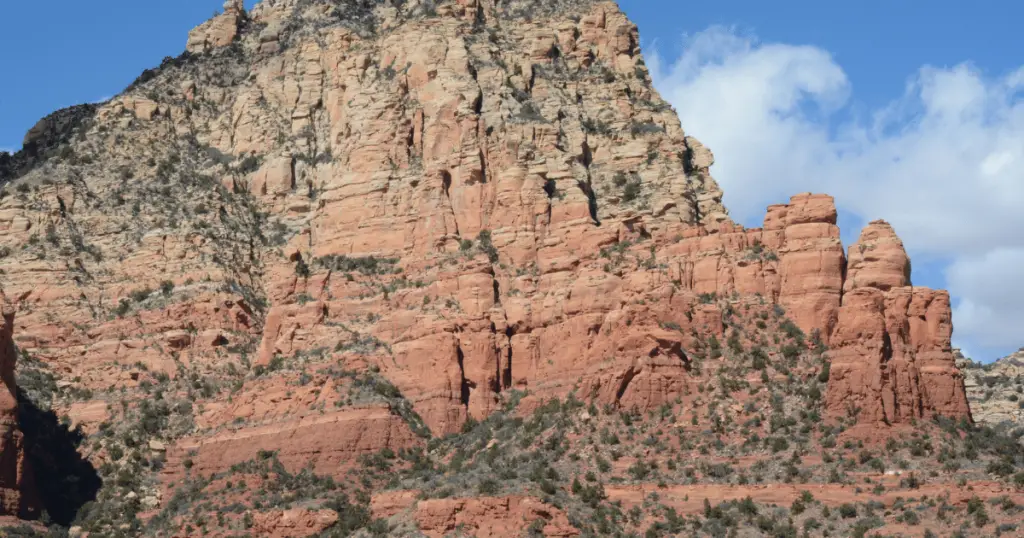
Geological Marvels of Thunder Mountain
Thunder Mountain in Sedona is a part of the Coconino National Forest and is known for its unique geological features. The mountain is made up of sandstone and limestone, formed over millions of years from ancient seas that covered the area. As a result, the mountain is filled with fascinating rock formations and caves waiting to be explored.
The Red Rock Formations
The crowning glory of Thunder Mountain lies in its unique red rock structures. These geological wonders, shaped over millions of years, are a captivating sight to behold. Their vibrant hues range from deep orange to fiery red, a result of iron oxidation that occurred over epochs, painting an awe-inspiring palette across the mountain landscape.
These red rock formations are not merely aesthetic marvels; they are a testament to the dynamic geological processes that have shaped them. Weathering and erosion, driven by wind and water, have given rise to these distinctive features. Over centuries, the softer layers of rock have eroded, leaving behind the harder, iron-rich strata.
This differential erosion process has sculpted Thunder Mountain’s captivating contours and jagged skyline. The result is a myriad of fascinating structures, from towering pinnacles to intricate arches, that define the unique landscape of Thunder Mountain.
Vortex Energy: Sedona’s Spiritual Magnetism
The mystical allure of Thunder Mountain extends beyond its geological wonders, into the realm of the spiritual. Central to this is the concept of vortex energy, a phenomenon that has positioned Sedona, and Thunder Mountain in particular, as a spiritual magnet.
Vortexes are believed to be specific sites with concentrated energy rising from the earth. These spots are known to stimulate healing, foster self-discovery, and inspire spiritual transformation. Many believe that the vibrant and magnetic red rocks of Thunder Mountain are among these powerful vortexes, drawing individuals from all over the world to seek spiritual experiences and enlightenment.
The belief in the vortex energy around Thunder Mountain has had profound impacts on both the local community and visiting spiritual seekers. The local community, acknowledging the powerful draw of these energies, often partakes in vortex-related activities such as meditation, healing ceremonies, and spiritual tours. They are not only recipients but also custodians of the vortex energy, working to maintain and preserve the sites.

Recreational Activities and Hiking Trails
Thunder Mountain offers a plethora of recreational activities, particularly for those with an adventurous spirit. The area is crisscrossed by a network of trails, each providing a unique way to engage with the mountain’s stunning beauty and geological wonders.
Hiking Routes
Whether you’re an experienced hiker or a beginner looking for a leisurely walk, Thunder Mountain has a trail for you.
- Chimney Rock Loop: This is a moderate 3-mile hike that offers panoramic views of Thunder Mountain and surrounding red rock formations. The trail takes you around the base of Chimney Rock and offers a rare chance to witness the geological marvels up close.
- Thunder Mountain Trail: This challenging 6-mile hike takes you to the peak of Thunder Mountain. It’s a steep climb but the breathtaking views from the top are worth every step. This trail is recommended for experienced hikers.
- Andante Trail: Ideal for beginners, this easy 1.5-mile trail winds through juniper and pinon woodland, offering great views of Thunder Mountain and the nearby Coffee Pot Rock.
Scenic Viewpoints
Most of the trails provide stunning viewpoints at different stages. However, the highest viewpoint is at the top of Thunder Mountain offering a 360-degree panoramic view of Sedona. Another renowned viewpoint is Chimney Rock, which provides impressive views of the mountain’s red rock formations and the city below.
Recommended Routes
For a comprehensive experience of Thunder Mountain, we recommend taking the Thunder Mountain Trail to reach the peak, then descending via the Chimney Rock Loop for varied scenery. Remember to pace yourself according to the difficulty levels, ensure you are well-equipped with essentials, and respect the natural environment as you navigate these trails.
Photography Opportunities at Thunder Mountain
Thunder Mountain, with its stunning geological formations and vibrant colors, offers ample opportunities for photographers looking to capture the essence of Sedona’s natural beauty.
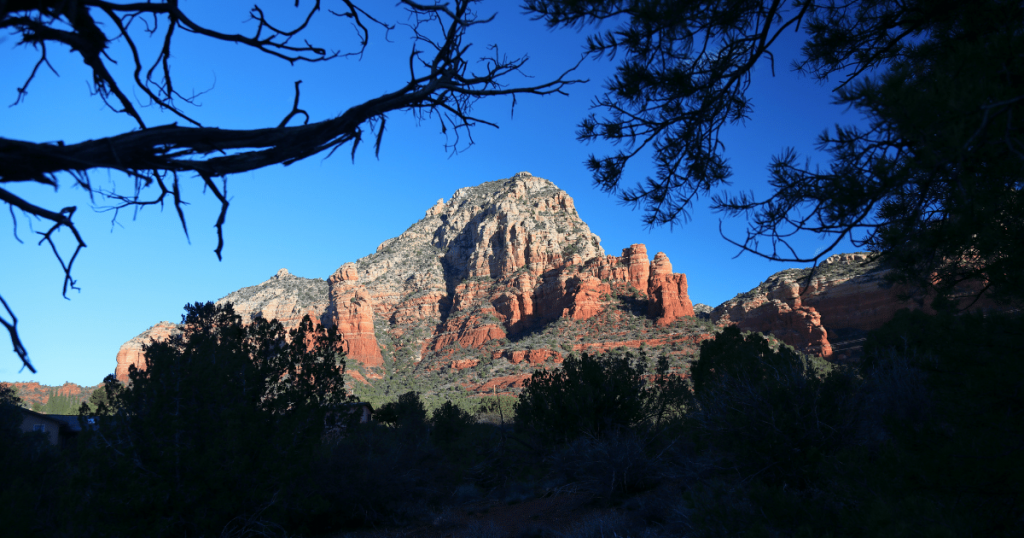
Identifying Prime Spots
Several locations across Thunder Mountain provide exceptional vantage points for photography. The peak of Thunder Mountain, accessible via the Thunder Mountain Trail, provides a panoramic view of Sedona, making it an ideal location for landscape and aerial photography.
The Chimney Rock Loop, with its proximity to the red rock formations, is perfect for detailed shots of the rock structures and unique vegetation. The Andante Trail, with its views of Coffee Pot Rock, offers an excellent backdrop for sunset photography.
Tips for Photographers
- Time of Day: The lighting at Thunder Mountain changes dramatically throughout the day. Early morning and late afternoon, often referred to as “golden hours,” provide the best lighting conditions. The low-angle sunlight enhances the red and orange hues of the rocks, creating a mesmerizing contrast against the clear blue sky.
- Equipment: A good quality DSLR camera and a sturdy tripod are essential for capturing sharp images. A wide-angle lens is recommended for capturing vast landscapes, while a telephoto lens would be useful for isolating specific rock formations or capturing wildlife.
- Weather: Monitor the weather forecast closely. Overcast days can provide diffused light that brings out the colors in the rock formations and reduces harsh shadows. After a rain, you may also capture rare images of water cascading down the rocks.
- Respect the Land: Remember that Thunder Mountain is a revered site. Stay on designated trails to protect the vegetation and rock formations. Also, be aware of spiritual activities taking place, especially near the vortex sites, and ensure your photography does not disturb these practices.
By following these tips, photographers can enhance their experience and capture the captivating allure of Thunder Mountain in their frames.
Flora and Fauna Surrounding Thunder Mountain
The area surrounding Thunder Mountain is renowned not only for its geological wonders and spiritual energy but also for its diverse array of native flora and fauna. These species have skillfully adapted to the unique desert environment, showcasing nature’s remarkable resilience.
Native Plant Life
The indigenous plant life in the Thunder Mountain area is varied and fascinating. These plants have evolved to survive in the harsh desert environment, displaying interesting traits like water conservation and temperature regulation.

- Pinyon Pine (Pinus edulis): This hardy evergreen tree thrives in the desert environment, with needles that minimize water loss and seeds that provide sustenance for various wildlife.
- Utah Juniper (Juniperus osteosperma): These trees are a common sight around Thunder Mountain. Their blueberry-like cones and twisted, gnarled appearance make them easily recognizable.
- Prickly Pear Cactus (Opuntia spp.): These cacti are uniquely adapted to desert life. Their fleshy pads store water, while their bright flowers attract pollinators. Their fruit is a food source for a variety of desert creatures.
- Claret Cup Cactus (Echinocereus triglochidiatus): Adorned with vibrant red flowers, this cactus is a radiant addition to the desert landscape. Like the prickly pear, it stores water in its structure.
These species, among others, create a unique and stunning desert landscape around Thunder Mountain, each playing a crucial role in the ecosystem and adding to the area’s natural beauty.
Wildlife Encounters
Exploring the diverse wildlife that inhabits the region surrounding Thunder Mountain is a joy for nature enthusiasts. The area is home to an array of species, each adapted superbly to the desert environment.
Exploring the Diverse Wildlife
Among the most frequently spotted animals is the Mule Deer (Odocoileus hemionus), known for its large, mule-like ears. The Chuckwalla Lizard (Sauromalus), with its distinctive loose skin, is a common sight basking in the sunlight. Birdwatchers will delight in spotting the Red-Tailed Hawk (Buteo jamaicensis) soaring overhead, or hearing the distinctive call of the Ash-Throated Flycatcher (Myiarchus cinerascens).
Responsible Wildlife Observation
While enjoying these wildlife encounters, it’s crucial to remember the importance of responsible observation. Maintaining a respectful distance allows animals to continue their natural behaviors undisturbed. Feeding wildlife is discouraged as it can harm their health and disrupt natural feeding behaviors. Likewise, it’s essential to stay on designated trails to minimize impact on habitats.
Final Thought
Thunder Mountain is indeed more than just a stunning geological feature; it is a thriving ecosystem, a photographer’s dream, and a treasured spiritual site. Its vibrant landscape, teeming with adapted flora and fauna, serves as a testament to nature’s resilience and diversity. The mountain’s surreal red rock formations offer endless photography opportunities, with changing light conditions unveiling unique perspectives of this natural wonder.
Amidst its captivating beauty, it is essential to tread lightly, respect the land and its cultural significance, and cherish the wildlife without causing any disturbances. As we marvel at Thunder Mountain’s wonders, we are reminded of the inherent beauty that nature generously bestows upon us and the responsibility we bear in preserving it.


